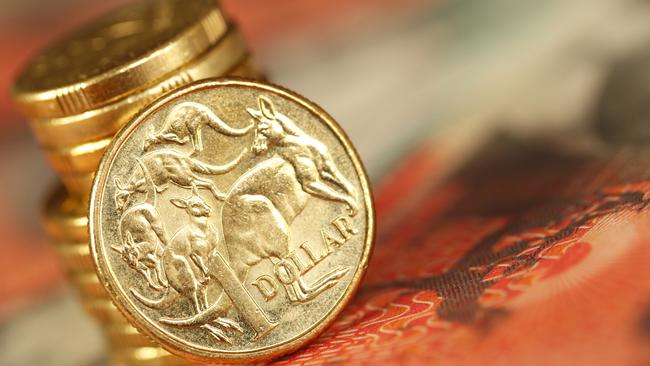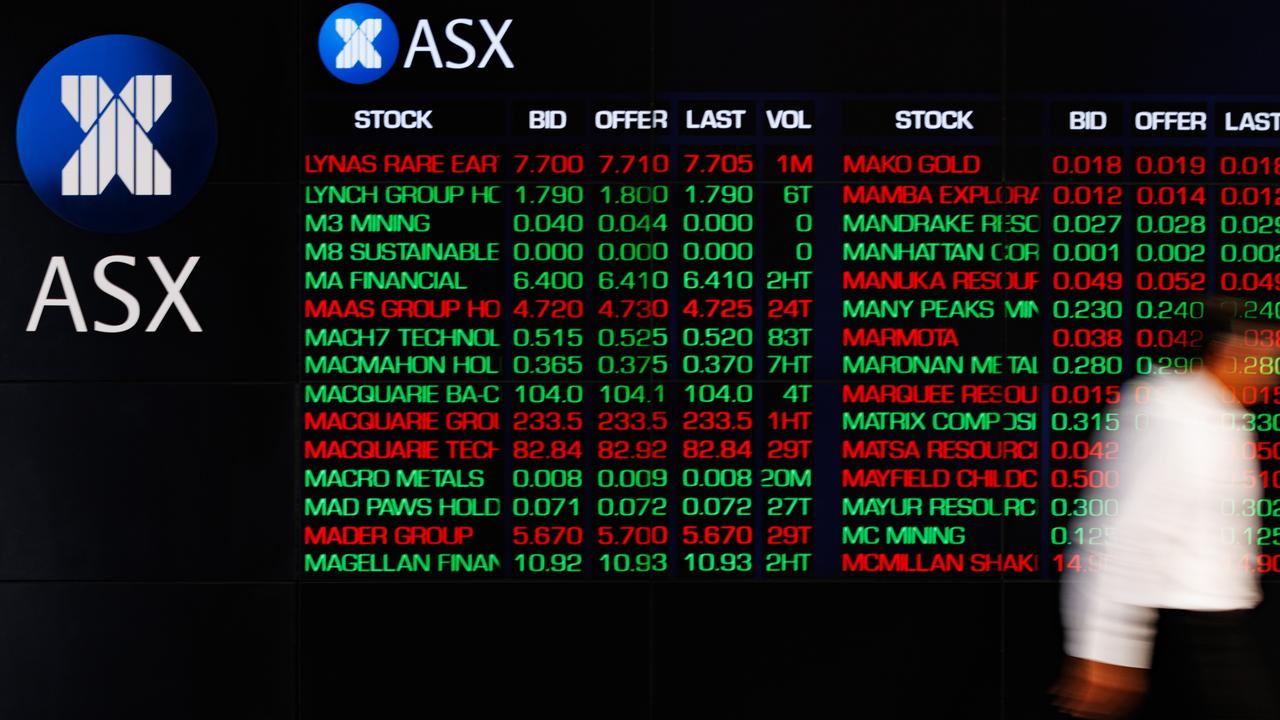Australian dollar weaker amid Europe growth worries
THE Australian dollar is lower amid further worries about weak economic growth in Europe.

Dollar
Don't miss out on the headlines from Dollar. Followed categories will be added to My News.
THE Australian dollar is lower amid further worries about weak economic growth in Europe.
At 0700 AEDT on Friday, the local unit was trading at 85.73 US cents, down from 86.19 cents on Thursday.
The European Central Bank (ECB) kept its interest rate unchanged overnight, but ECB president Mario Draghi said the bank was preparing a range of measure to boost the region’s struggling economy.
Bank of New Zealand currency strategist Raiko Shareef said the fallout from the ECB meeting weighed on market sentiment and encouraged a move into haven currencies, such as the US dollar. “Euro weakness was a key driver of further US dollar strength overnight, as ECB President Draghi formalised an intention to expand the bank’s balance sheet over the coming months,” he said. “Heading into the ECB meeting, investors had picked little change in tone from Draghi, with reports abound of rifts between him and members of his Governing Council.
“Those claims were thoroughly rebuked.” On Thursday, the Australian dollar fell to a four-year low of 85.53 US cents, as commodity prices fell and a US Federal Reserve interest rate hike gets closer.
Markets are awaiting the release of US non-farm payrolls figures, the key indicator of employment growth in America, due out early on Saturday morning, Sydney time.
Currency snapshot at 0700 AEDT on Friday
One Australian dollar buys:
* 85.73 US cents, from 86.19 cents on Thursday
* 98.54 Japanese yen, from 98.47 yen
* 69.20 euro cents, from 68.81 euro cents
* 111.44 New Zealand cents, from 111.32 NZ cents
* 54.13 British pence, from 53.93 pence
One euro buys:
* 123.86 US cents, from 125.26 cents
* 142.38 Japanese yen, from 143.12 yen
One US dollar buys:
* 114.95 Japanese yen, from 114.25 yen
(*Closes taken at 1700 AEDT previous local session)
Source: IRESS
Originally published as Australian dollar weaker amid Europe growth worries


